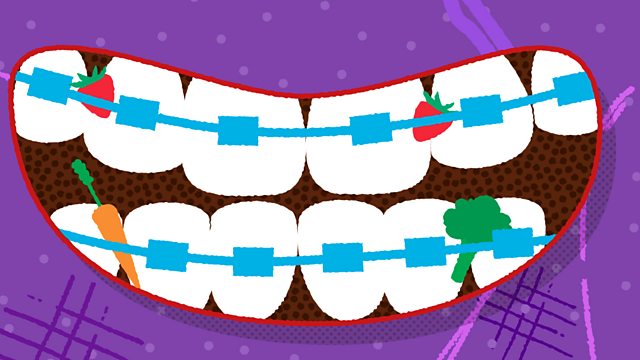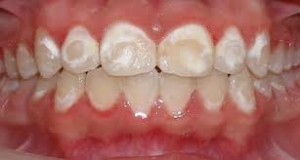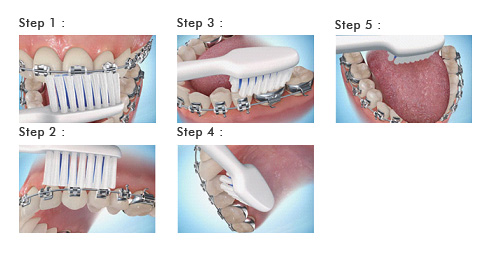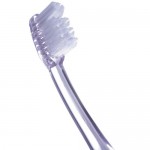Now your teeth are straight you must wear your retainers as advised by your orthodontist.
Your teeth will move throughout life if you do not wear your retainers because the fibres between them retain a force for a long time after treatment. When we remove the braces the force in these fibres may make your teeth try to twist back to where they started. The teeth need to be held straight until these forces reduce.
Your retainers must be worn full time for the first 2 days and every night after this, gradually reducing over time as advised. As part of your aftercare the orthodontist will continue to check on your retainer wear for 18 months after the brace is removed and you should bring your retainers to the appointments.
If your retainers begin to feel uncomfortable, you should contact us immediately and increase the wear as it maybe due to the teeth moving position. If you retainers are lost, broken or stop fitting then replacements are charged at £149.00 per appliance.
If you have a wire retainer behind your teeth you must contact us immediately if this is broken or loose. You must also wear your removable retainer full time until the wire retainer has been repaired.
You should keep your retainers in a box when not wearing them and let us know if there is a problem with them as soon as you can.
Please do not use toothpaste on your retainers as this will damage them – Retainer-Brite cleaner is advised. Use lukewarm water (NOT HOT) to dissolve the tablets.











